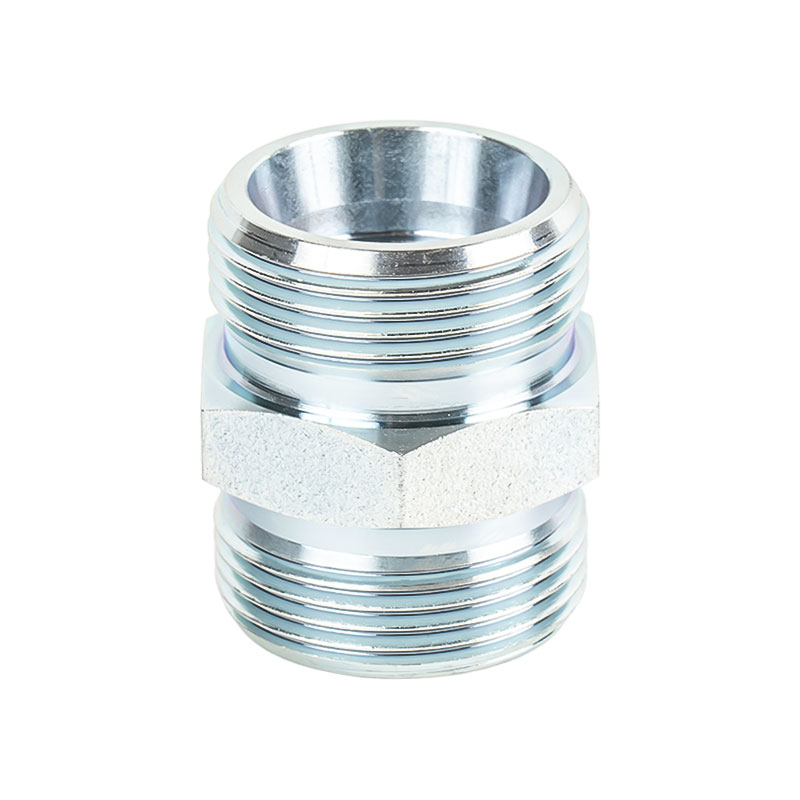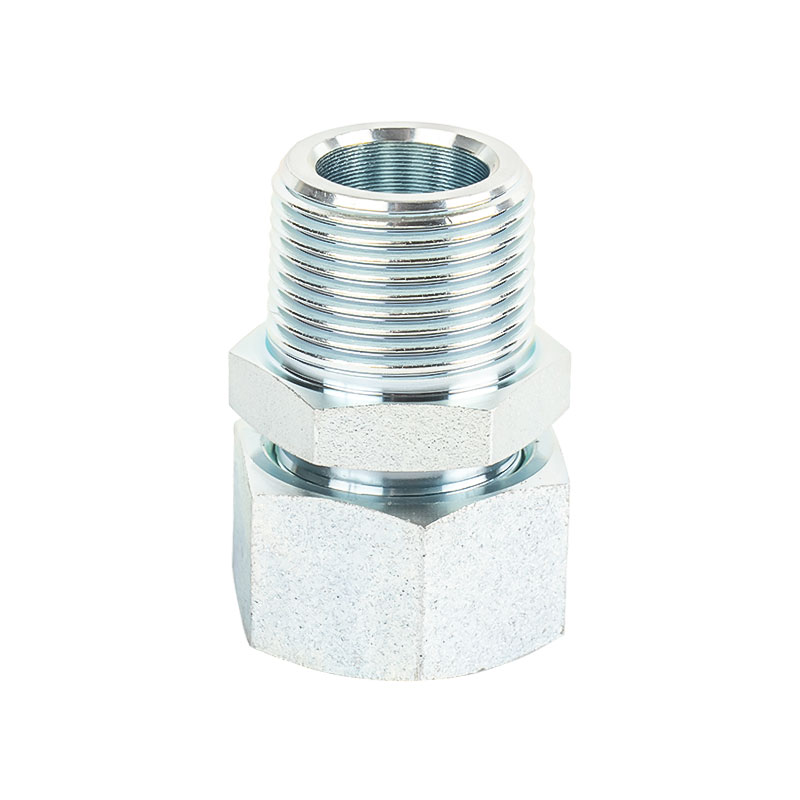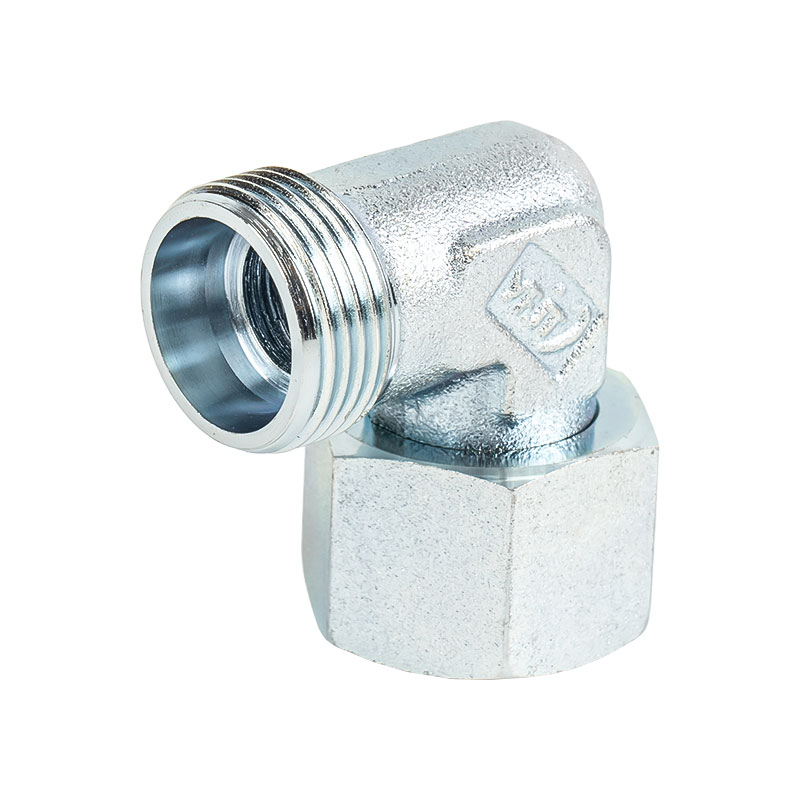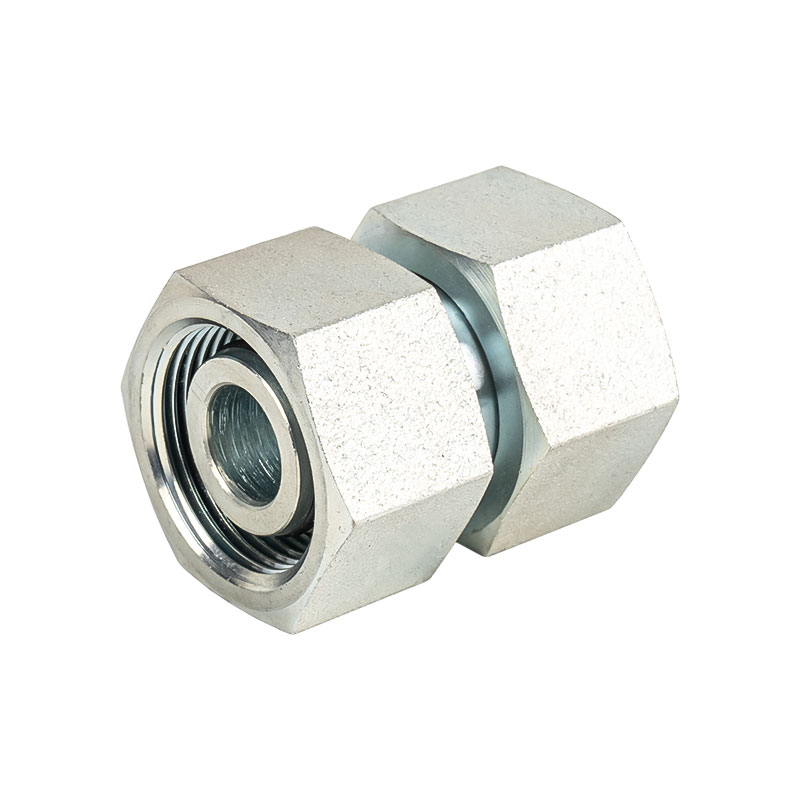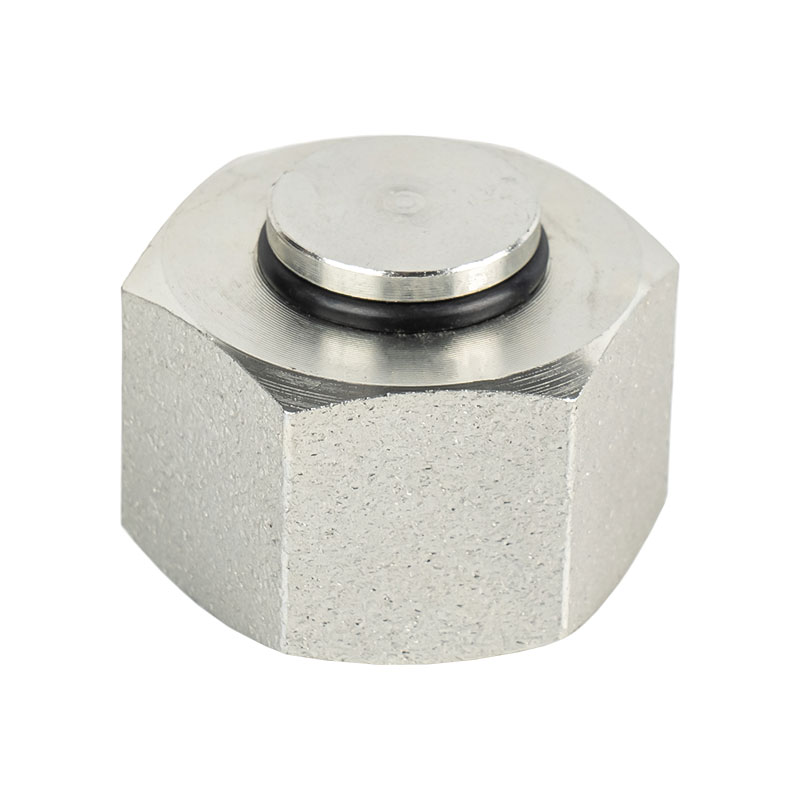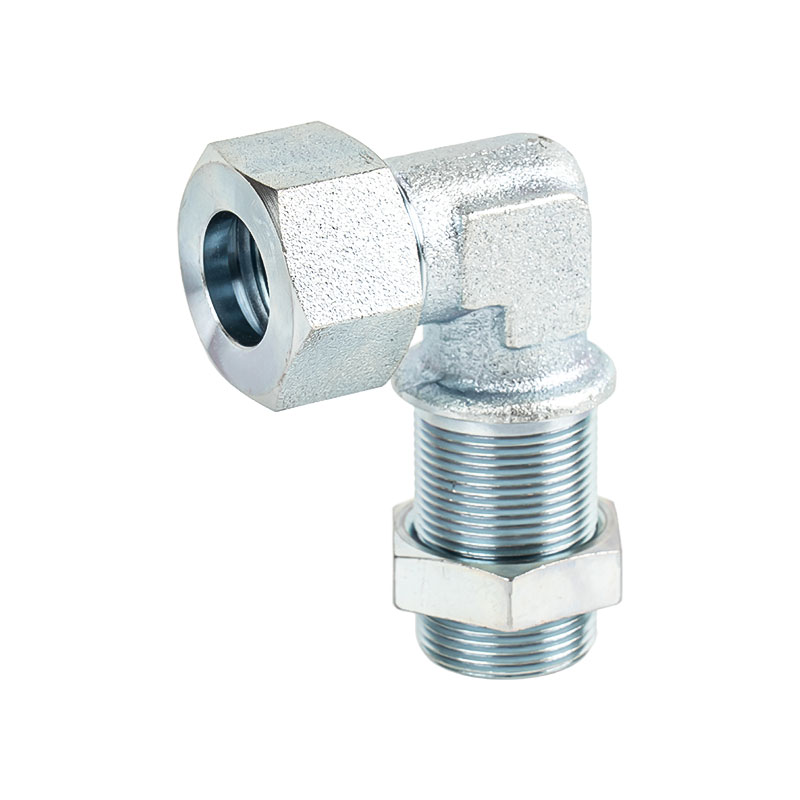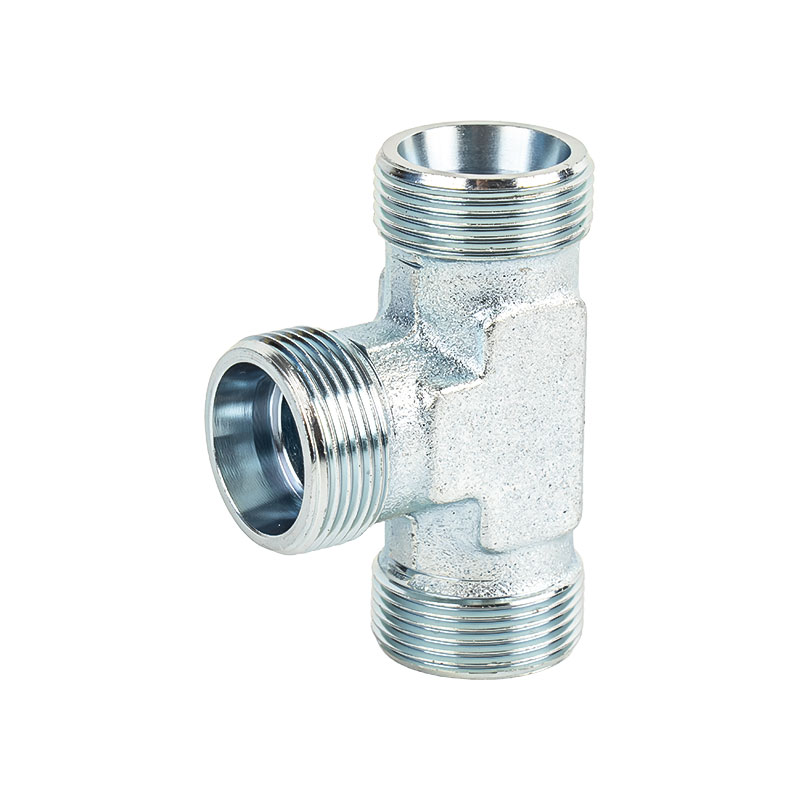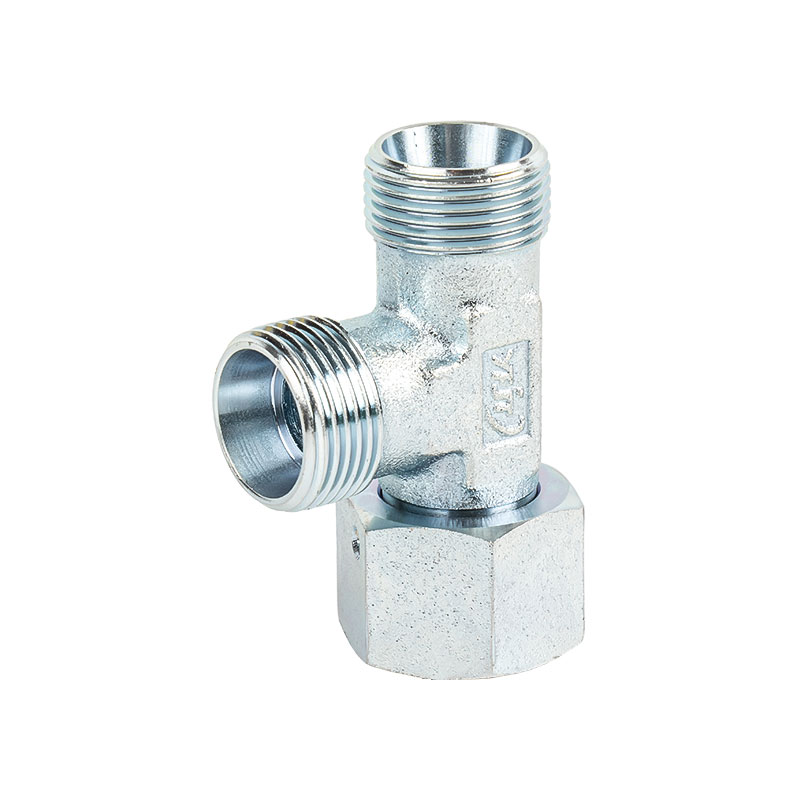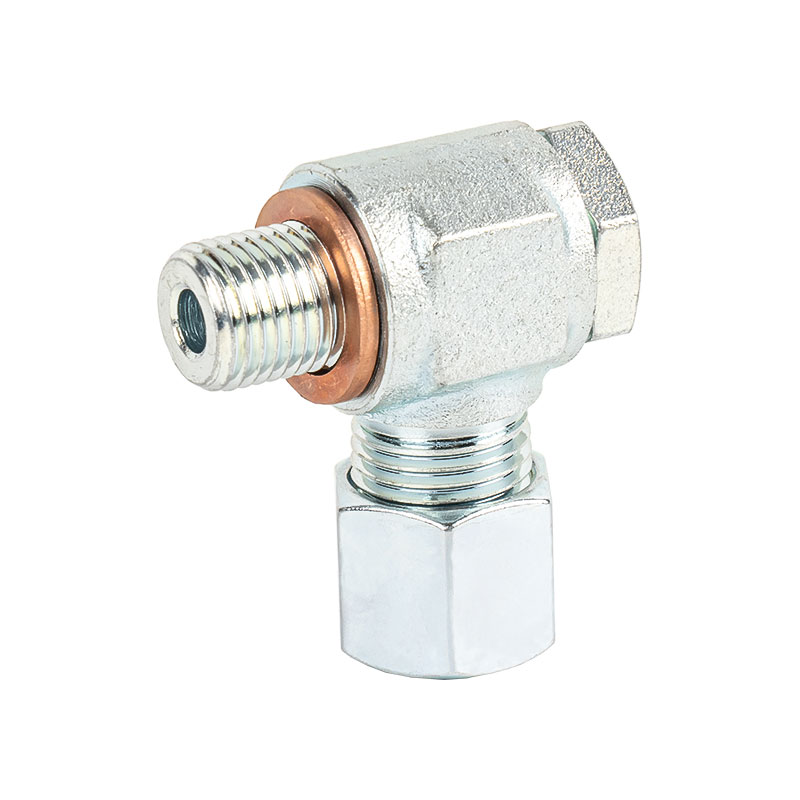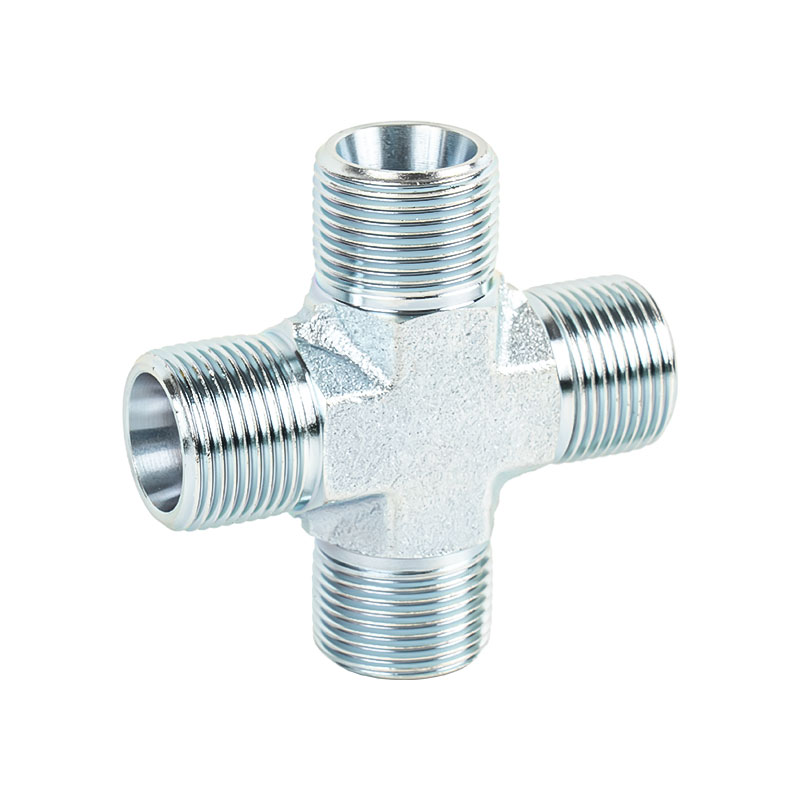Introduction to ORFS and Other Hydraulic Fittings
Hydraulic fittings are essential components that ensure secure and reliable connections within hydraulic systems. Among the commonly used types are ORFS (O-Ring Face Seal), JIC (Joint Industry Council), and BSP (British Standard Pipe) fittings. Each type has distinct design features, sealing methods, and applications. Understanding their differences is important for selecting the correct fitting in terms of compatibility, performance, and durability. This section introduces their key characteristics to set the stage for detailed comparison.
Design Characteristics of ORFS Fittings
ORFS fittings utilize an O-ring located in a groove on the flat face of the fitting. When the connection is tightened, the O-ring is compressed against the mating surface to create a reliable seal. This design minimizes the risk of leaks even under high-pressure conditions and is particularly effective in reducing the effects of vibration. ORFS fittings are commonly used in environments where leak prevention is a priority, such as in mobile hydraulics, heavy machinery, and fluid power systems. Their flat face design also simplifies assembly and disassembly compared to tapered fittings.
Design Characteristics of JIC Fittings
JIC fittings feature a 37-degree flare seating surface. The male fitting has a cone-shaped surface that mates with a corresponding female flare, forming a metal-to-metal seal. JIC fittings are widely used in hydraulic systems because they provide reliable connections with good resistance to mechanical stress. However, because the seal relies on metal-to-metal contact, any imperfections, scratches, or over-tightening can compromise sealing performance. They are well suited for medium to high-pressure applications and are often used in aerospace, automotive, and agricultural equipment.
Design Characteristics of BSP Fittings
BSP fittings are based on British Standard Pipe threads and come in two main types: BSPP (parallel thread) and BSPT (tapered thread). BSPP fittings often use bonded seals, such as Dowty washers, to prevent leakage, while BSPT fittings rely on thread deformation to achieve sealing. BSP fittings are widely used in Europe and countries following British standards. They are versatile but can be more prone to leakage if not properly assembled, especially in high-pressure applications. Their primary advantage is global availability in markets where British standards are dominant.
Sealing Mechanisms Compared
The sealing method is one of the most important differences between ORFS, JIC, and BSP fittings. ORFS fittings achieve sealing through an elastomer O-ring, which offers resilience against vibration and surface imperfections. JIC fittings rely on precise metal-to-metal contact, which requires clean and undamaged surfaces. BSP fittings depend on either bonded seals or thread deformation, depending on whether parallel or tapered threads are used. The table below summarizes these mechanisms for easier comparison.
| Fitting Type | Sealing Method | Strengths | Weaknesses |
|---|---|---|---|
| ORFS | O-ring compressed on flat face | Excellent leak prevention, good vibration resistance | O-ring material compatibility required |
| JIC | 37° metal-to-metal flare | Strong under pressure, reusable | Surface damage affects seal |
| BSPP | Bonded seal (washer) | Easy to assemble, widely available | Seal integrity depends on washer condition |
| BSPT | Tapered thread deformation | Simple design, mechanical grip | Difficult to disassemble, prone to wear |
Pressure and Vibration Resistance
Hydraulic systems often operate under high pressure and vibration, making resistance to these factors critical. ORFS fittings provide superior vibration resistance due to the O-ring seal, which absorbs slight movements and maintains integrity. JIC fittings perform well under pressure but can be more sensitive to vibration, as movement may cause galling or damage to the sealing surfaces. BSP fittings, especially BSPT, are less effective in resisting vibration because the seal is primarily achieved through threads, which may loosen or degrade over time. For long-term stability in demanding conditions, ORFS fittings are generally preferred.
Ease of Assembly and Maintenance
The assembly and maintenance process differs considerably among these fittings. ORFS fittings are relatively simple to install because the O-ring compensates for minor misalignments, and tightening does not require extreme torque. JIC fittings require precise tightening to achieve a reliable seal, and over-torque can damage the flare surfaces. BSPP fittings are straightforward to assemble, as the bonded washer provides the seal without requiring high torque. BSPT fittings, however, require thread sealant and careful tightening, which makes disassembly and reassembly more challenging. In terms of maintenance, ORFS fittings provide easier inspection and replacement of seals compared to metal-to-metal designs.
Global Usage and Standardization
ORFS fittings are widely recognized under ISO 8434-3 standards and are common in modern hydraulic systems across the globe, especially in industries emphasizing leak prevention. JIC fittings are standardized under SAE J514 and are dominant in North America, with widespread use in aerospace and heavy machinery. BSP fittings follow BS 5200 and ISO 8434-6 standards, with extensive use in Europe, Asia, and other regions influenced by British engineering practices. Understanding the geographical preference for fittings is important for global supply chain compatibility.
Material and Compatibility Considerations
Fittings are typically manufactured from steel, stainless steel, or brass, and the choice of material influences their performance. ORFS fittings rely on the compatibility of O-ring materials with hydraulic fluids; options include nitrile, Viton, or EPDM, depending on temperature and chemical exposure. JIC fittings, being metal-to-metal, depend more on the strength of the base material. BSP fittings can also be found in various materials, but the sealing washer or thread sealant must be compatible with the fluid. When selecting a fitting type, engineers must consider both the base material and sealing element to ensure compatibility with the working environment.
Cost Considerations
Cost is another factor influencing the choice between ORFS, JIC, and BSP fittings. ORFS fittings can be more expensive due to the added sealing components and manufacturing precision. However, they often reduce long-term costs associated with leakage, downtime, and maintenance. JIC fittings are generally cost-effective but may incur higher maintenance costs if damaged sealing surfaces require replacement. BSP fittings are usually affordable and readily available, but additional sealing elements such as washers or sealants may increase total cost. The cost-benefit analysis depends on the balance between initial investment and long-term reliability.
Industry-Specific Applications
Each fitting type is better suited for specific industries and applications. ORFS fittings are widely used in construction, agriculture, and heavy equipment where hydraulic systems are exposed to vibration and high pressure. JIC fittings are common in aerospace, automotive, and defense industries where high pressure and precise tolerances are required. BSP fittings are prevalent in industries located in regions influenced by British standards, including manufacturing, marine, and energy sectors. The choice of fitting often reflects both technical requirements and regional availability.
Future Trends in Hydraulic Fittings
The hydraulic fitting industry is moving toward designs that enhance sealing reliability and ease of use. ORFS fittings are expected to gain broader adoption as industries continue to prioritize leak prevention and environmental safety. Advances in O-ring materials may further improve resistance to temperature extremes and chemical exposure. JIC fittings may see innovations in surface treatments to reduce wear on flare connections. BSP fittings may evolve with improved sealing washers and thread technologies to address leakage concerns. Overall, the trend is toward fittings that combine reliability, safety, and ease of maintenance in diverse industrial applications.
Summary of Key Differences
The primary differences between ORFS, JIC, and BSP fittings lie in their sealing mechanisms, vibration resistance, ease of assembly, and global usage. ORFS fittings rely on elastomer O-rings and provide excellent vibration resistance, making them suitable for demanding environments. JIC fittings use a 37-degree flare and provide strong connections but require careful handling. BSP fittings use either bonded washers or tapered threads, offering wide availability but with limitations under vibration and high-pressure conditions. The table below highlights the differences for quick reference.
| Aspect | ORFS | JIC | BSP |
|---|---|---|---|
| Sealing Method | O-ring on flat face | 37° metal-to-metal flare | Washer (BSPP) or tapered thread (BSPT) |
| Vibration Resistance | High | Moderate | Low to moderate |
| Ease of Assembly | Easy, O-ring compensates | Requires precise torque | Simple for BSPP, more complex for BSPT |
| Global Usage | ISO standard, global | SAE standard, North America | British standard, Europe/Asia |
| Cost | Higher initial, lower maintenance | Moderate initial, higher maintenance | Lower initial, additional sealing elements |

 中文简体
中文简体